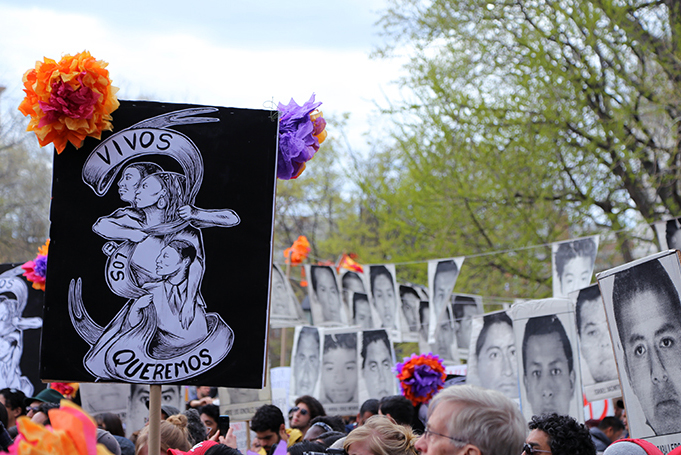
Features, Mexico, North America
One Year On, Truth Remains Elusive in Case of Mexico’s Missing Students
September 26, 2015 By Cleuci de Oliveira
One year ago today, a convoy of students travelling from a rural teachers’ college in Mexico was ambushed and greeted with deadly force in the town of Iguala, about 90 miles from their campus. The confrontation left six dead, about 20 wounded and 43 missing.
In the intervening year, the search for the missing students yielded 129 bodies inside 60 clandestine graves; 111 arrests, including the mayor and first lady of Iguala, 22 police officers, a former deputy police chief and leading members of the local narco-trafficking gang Guerreros Unidos; a government investigation lambasted by journalists, the public, the families of the missing, the country’s National Human Rights Commission and two separate international human rights organizations; widespread, unabated protests across Mexico and abroad; the near-total unravelling of President Enrique Peña Nieto’s administration; and the total unravelling of Mexico’s recently established reputation as a country that had relegated the worst of corruption and narco-violence to the past.
All of that, and the families of the students killed and forcibly disappeared that night are no closer to knowing what happened. The Mexican government, meanwhile, continues to deny that federal forces participated in the massacre, despite mounting evidence to the contrary.
“Right now their investigation is falling apart,” Clemente Rodriguez Moreno, father of 19-year-old Christian Alfonso Rodriguez Telumbre, who is among the missing, told The World Post in June, in reference to the government probe. “We are going to pursue the truth until we find our children.”
“Don’t Shoot!”
The Raúl Isidro Burgos Rural Teachers’ College in Ayotzinapa, Mexico, is one among 16 higher-education institutions in the country that train students from impoverished rural communities to become school-teachers. The Normal schools, as they are known, boast competitive acceptance rates and offer free tuition, room and board. But it is the young students’ commitment to leftist political activism that remains the most recognizable feature of a normalista education. Students at the Ayotzinapa Normal School often commandeer buses in the region to get to and from staged protests and events.
On the night of Sept. 26, 2014, a group of around 100 normalistas set off from Ayotzinapa on their way to Mexico City to commemorate the Oct. 2 anniversary of the 1968 Tlatelolco student massacre. The students were in Iguala by 9 p.m., when municipal police forces intercepted their buses and opened fire.
In cell-phone footage taken by students at the time of the attack and obtained by Mexican news magazine Proceso, shouts of “Don’t shoot!” “We’re not armed!” and “They’ve killed one!” are interspersed with the sound of gunshots.
Five people were dead by the time the gunfire subsided: two normalistas, one bus driver, a female passenger in a taxi nearby and a 15-year-old youth football league player who, along with his teammates, was on his way out of Iguala when their bus also came under attack. The body of a third student was found the next day. He was missing his eyes and the skin off his face, and a subsequent autopsy revealed signs of torture. Over twenty people were injured — among them a 20-year-old student, shot in the head, who remains in a coma. And 43 students were gone.
“Historical Truth”
On Jan. 27, four months and one day after the attack, then-Attorney General Jesús Murillo Karam convened a press briefing and officially declared the 43 students dead. Murillo Karam went into detail about the state’s investigation, which he described as “exhaustive” and “serious,” according to The New York Times, before stating conclusively that municipal forces had apprehended the students and handed them over to local drug gang Guerreros Unidos, who killed them, incinerated their remains and dumped the ashes in a nearby river.
Murillo Karam presented two theories for why the attack took place. In the first, former Iguala Mayor José Luis Abarca ordered the attack because he feared the students had come into town to disrupt a political event by his wife, María de los Ángeles Pineda. (Both the former mayor and first lady were captured in November and are currently in jail.) In the second, members of Guerreros Unidos mistook the students for a rival gang. Murillo Karam maintained that the two theories were not mutually exclusive. He also denied news reports that the army and federal forces had any involvement in the attack, according to the Los Angeles Times.
“This is the historical truth, of what occurred, based on proofs supported by science, as included in the case record, and which has enabled us so far to take punitive action,” Murillo Karam said, according to The New Yorker.
The “historical truth” has since been demoted to the status of hypothesis by the Inter-American Commission on Human Rights, which on Sept. 6 published a damning, 560-page report that all but discredited the government’s investigation. Among other issues, the report found fault with the motives put forth by the government, and found the theory of how the students’ remains were incinerated to be scientifically implausible.
(The “historical truth” affirmation is not the only statement by Murillo Karam that has come to represent what the families and critics see as the state’s bungling of the case, as well as the authorities’ general indifference to finding out what really happened to the students. On Nov. 7, Murillo Karam cut off a televised press conference with the off-the-cuff remark “Ya me canse,” roughly translated into “I’ve had enough,” or “I’m tired,” in English. The line quickly became a rallying cry among activists, who used it to express their exhaustion with violence and impunity in Mexico. Murillo Karam has since stepped down as attorney general.)
The report noted that the political rally hosted by the first lady of Iguala had ended about two hours before the students arrived in town, making it unlikely that the mayor had ordered their detainment for fear that they would disrupt the program. Others have found the second theory — that Guerreros Unidos gang members mistook the students for their Los Rojos rivals — to be equally questionable, seeing that normalistas were well-known in the region and easily recognisable for what they were: young student activists.
The report offers a third theory, one that The Huffington Post calls the “most plausible explanation yet,” for why the students were attacked: they inadvertently commandeered a bus packed with drugs bound for the United States.
“There’s an aspect that hasn’t been sufficiently considered until now,” the report says, according to a translation by The Huffington Post. “Public information shows that Iguala is a shipment and transport point for drugs, especially heroin, to the United States, and especially Chicago.”
This new theory may explain why, contrary to the government’s assertions, federal forces and the army were in fact complicit in the attack, as revealed over months of investigative reporting by Proceso magazine journalists Anabel Hernández and Steve Fisher, and corroborated by the IACHR report. The federal police, according to both sets of investigations, had been tracking the students’ movements since they left Ayotzinapa that evening and were aware of what was happening when the students were attacked. Army personnel from the 27th Infantry Battalion base in Iguala may even have shot at the students, according to a Sept. 6 Proceso report by Hernández and Fisher.
The theory may also explain the “chillingly professional” nature of the attack, in the words of The New Yorker’s Francisco Goldman, an undertaking unlike what “ordinary drug traffickers would seem able to pull off without leaving a trace.” Goldman notes that it has not escaped Mexican journalists’ attention that the 27th Battalion base in Iguala possesses large garbage incinerators.
What is left unexplained is why authorities in the attorney general’s office have stated time and again that the army and federal forces are not under suspicion, and that there they see no reason to investigate their potential involvement. To this day, the government’s official version of the massacre never wavered from the one presented by Murillo Karam as the “historical truth.”
About Cleuci de Oliveira
Cleuci de Oliveira is a New York City-based journalist from Brasília, Brazil.
< Previous Article
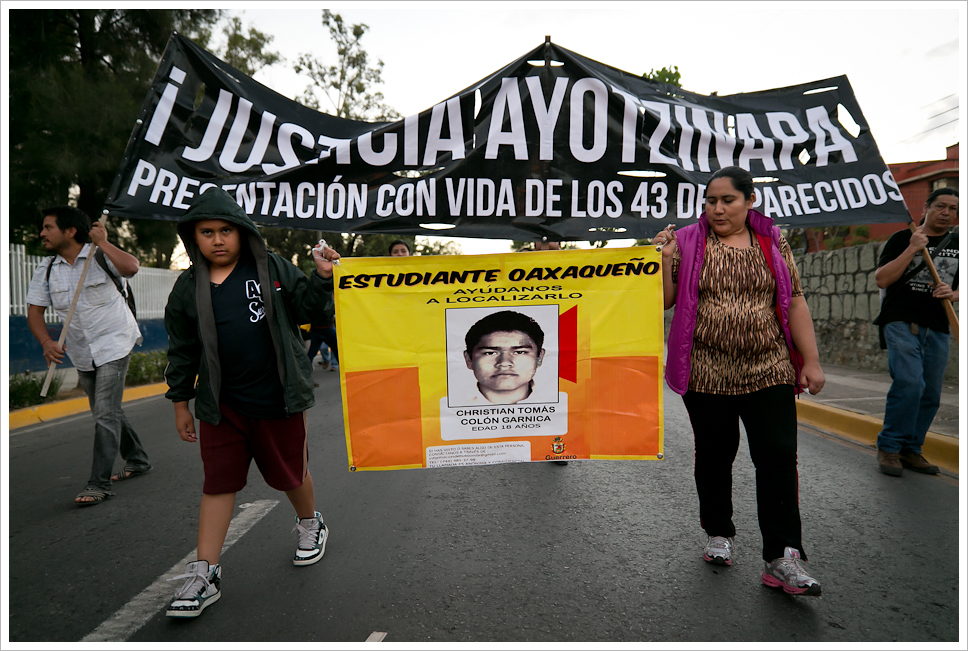
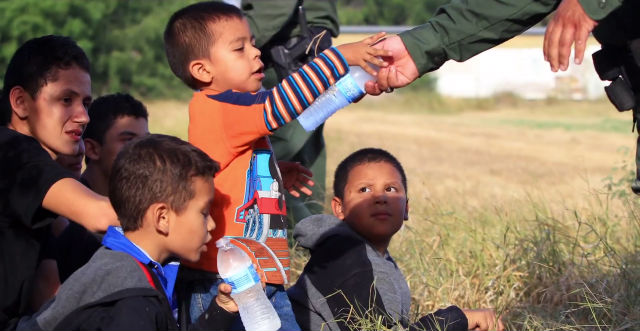
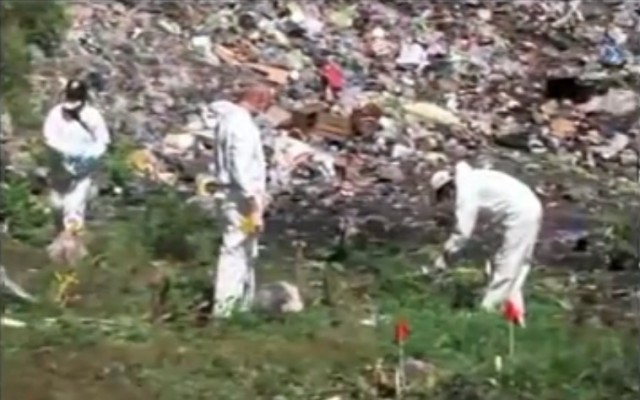
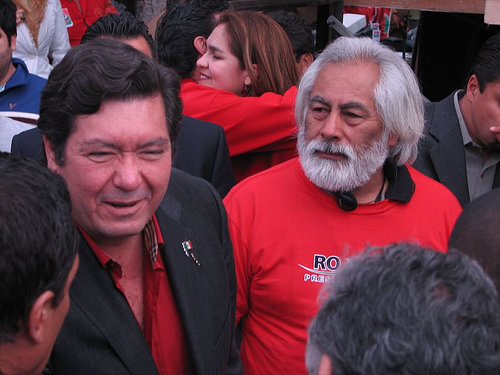
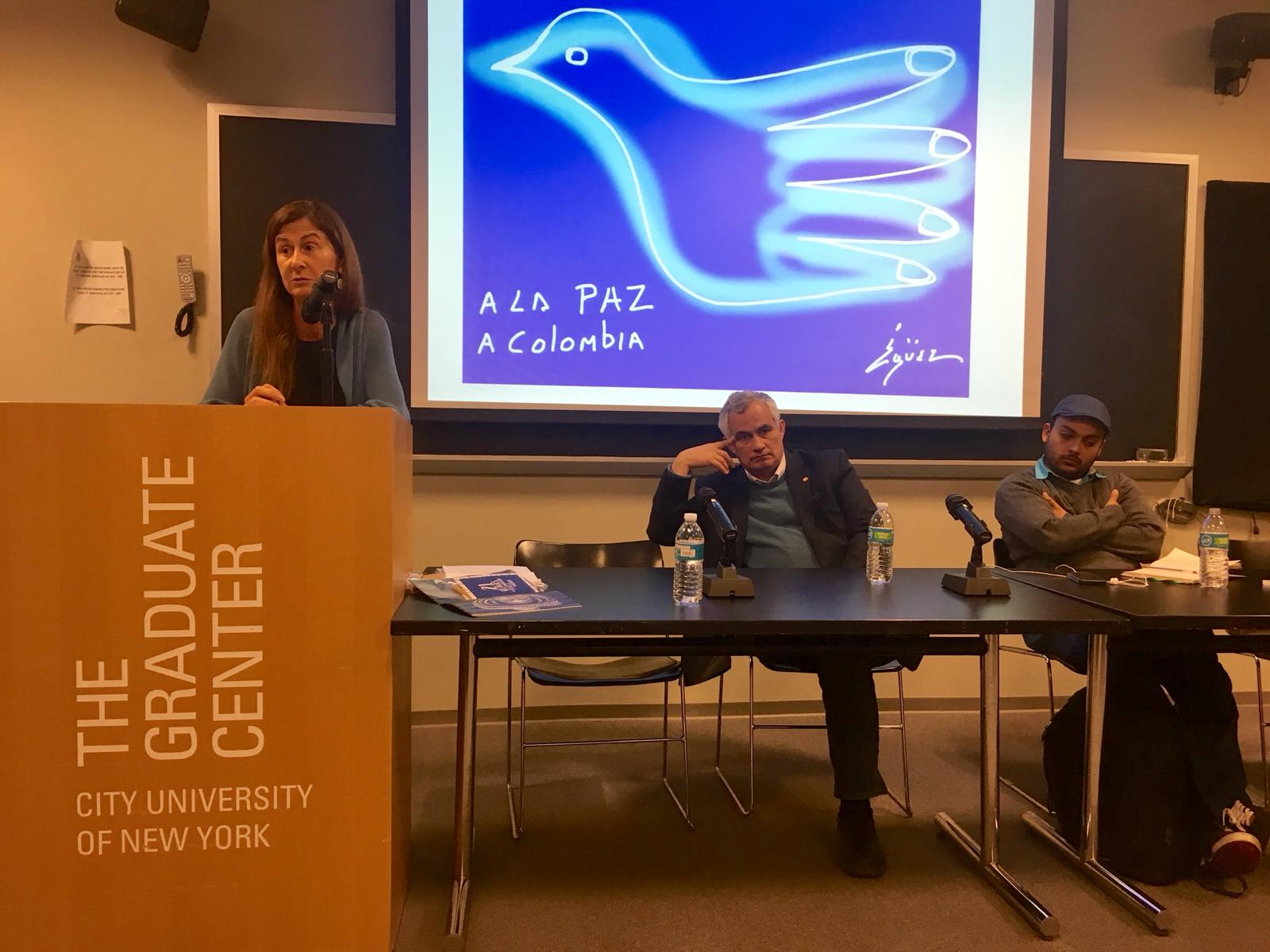
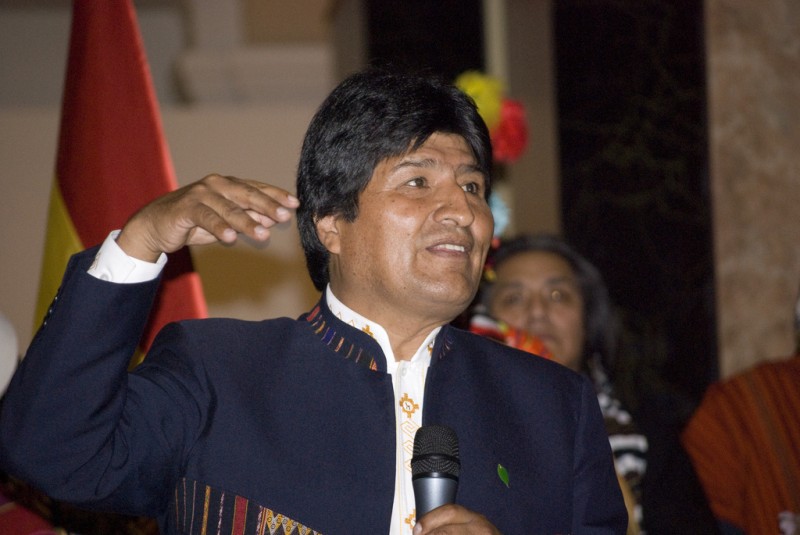
3 Comments
[…] the IACHR’s criticism of the role of militarization of civilian security in the case of the missing 43 students, who disappeared after being attacked in the state of Guerrero on Sept. 26, 2014. On Monday, […]
[…] Mexico’s defense minister said late on Monday that he will not allow the questioning of troops in connection with the disappearance of 43 students in Guerrero state, despite repeated allegations of military involvement. […]
[…] students were studying at a nearby rural teachers college in the town of Ayotzinapa, and were on their way to Mexico City to participate in the commemoration […]
Comments are closed.